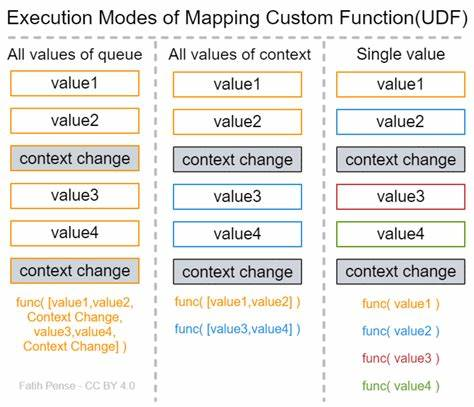Step-by-Step Guide: Using Groovy Scripts in SAP CPI Mappings
 Shivanshu Semwal
Shivanshu SemwalIn SAP CPI when you use mappings to transform xml from one structure to another structure. While transforming you can perform operations on the elements, like splitting and concatenating and changing their format. Some of these functionality is provided itself by SAP CPI, but if you want some new functionality you can utilize a groovy function block there.
Here is link to Standard Functions provided in message mappings -https://help.sap.com/doc/saphelp_nw73ehp1/7.31.19/en-us/4b/f413a8eaca4c86e10000000a42189e/frameset.htm
In case the functionality you want to implement is not present in Standard Functions you can use groovy scripts.
Types of SAP CPI Message mapping groovy scripts
Here is a link to what kind of functionality can be achieved using groovy script and it's limitations in SAP CPI when compared to SAP PI/PO - https://community.sap.com/t5/technology-blogs-by-members/cloud-integration-cpi-custom-functions-in-message-mapping-udf-and/ba-p/13500012

As you can in the above diagram that SAP CPI does not support the mode where you can take all values and then process them, instead you can take values one by one or you can take all values in context and process them. Sometimes for processing all values you can use removeContext() and then process all values in context, but this cannot be used if care about how values are stored in context.
Process single value at a time
So here is the basic structure of how script looks when you want to process values one by one in the context.
import com.sap.it.api.mapping.*
def String exampleSingleValue(String field) {
// Your code here
return result;
}
If you want to process two fields then,
import com.sap.it.api.mapping.*
def String exampleSingleValue(String field1, String field2) {
// Your code here
return result;
}
Similarly you can generalize for multiple fields.
Process all values in context at a time
Basic structure of script to process all values in context at a time,
import com.sap.it.api.mapping.*
def void exampleAllValuesInContext(
String[] fieldArray,
Output output,
MappingContext context
){
//Your code here
// how to add values to output
output.addValue(result1);
output.addSuppress();
output.addValue(result2);
}
In case of multiple fields,
import com.sap.it.api.mapping.*
def void exampleAllValuesInContext(
String[] field1Array,
String[] field2Array,
Output output,
MappingContext context
){
//Your code here
}
Notice that we have output.addSuppress() method, this just adds "SUPPRESS" to output.
MappingContext in scripts
You can add MappingContext context parameter to both types of scripts, we have omitted it in the first type as it is not necessary.
Using MappingContext you can get headers and set headers, using context.getHeader(key) and context.setHeader(key, value) .
Here is link to javadoc for MappingContext - https://help.sap.com/doc/d47441d304c14a0ab9d3986c1b553a1e/Cloud/en-US/com/sap/it/api/mapping/MappingContext.html
Confusions and misconceptions
There is not "all values in queue" mode for SAP CPI
Other links
Implementing all Standard functions using groovy scripts - https://community.sap.com/t5/technology-blogs-by-members/udfnodepool-functions-for-sap-cpi-with-groovy-scripting/ba-p/13505654
Style guide for groovy scripting - https://groovy-lang.org/style-guide.html
Subscribe to my newsletter
Read articles from Shivanshu Semwal directly inside your inbox. Subscribe to the newsletter, and don't miss out.
Written by

Shivanshu Semwal
Shivanshu Semwal
Software Developer. Interested in finding innovative solutions to problems.